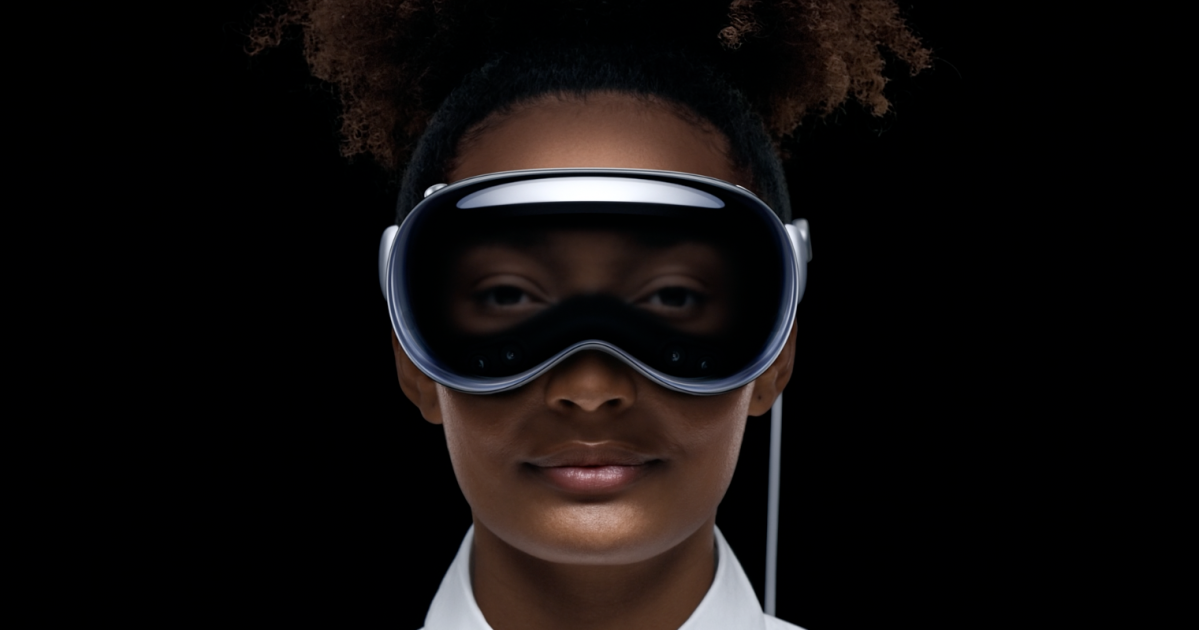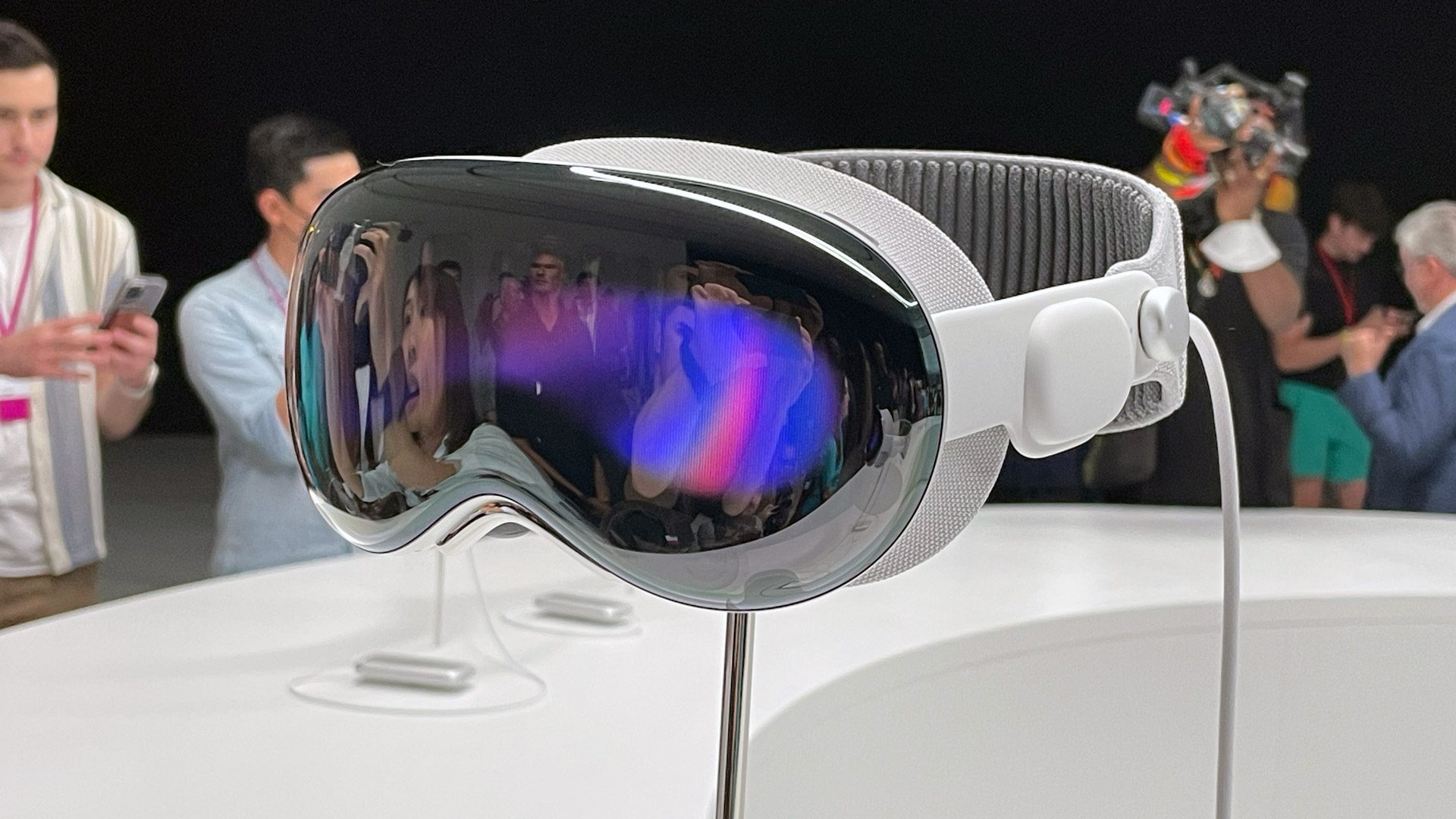So we're in the era of 'spatial computing' now. Nice marketing term.
But i wonder they seemingly target private use for entertainment and communication.
For that price i assumed the target is something like industrial design work.
Well, we'll see if this becomes an attractive new platform for games...
It's going to be at the very height of prosumer markets until they get the price closer to $1k. My guess is for most games it will just act as a large screen to play ios quality games and a few ports like death stranding.




